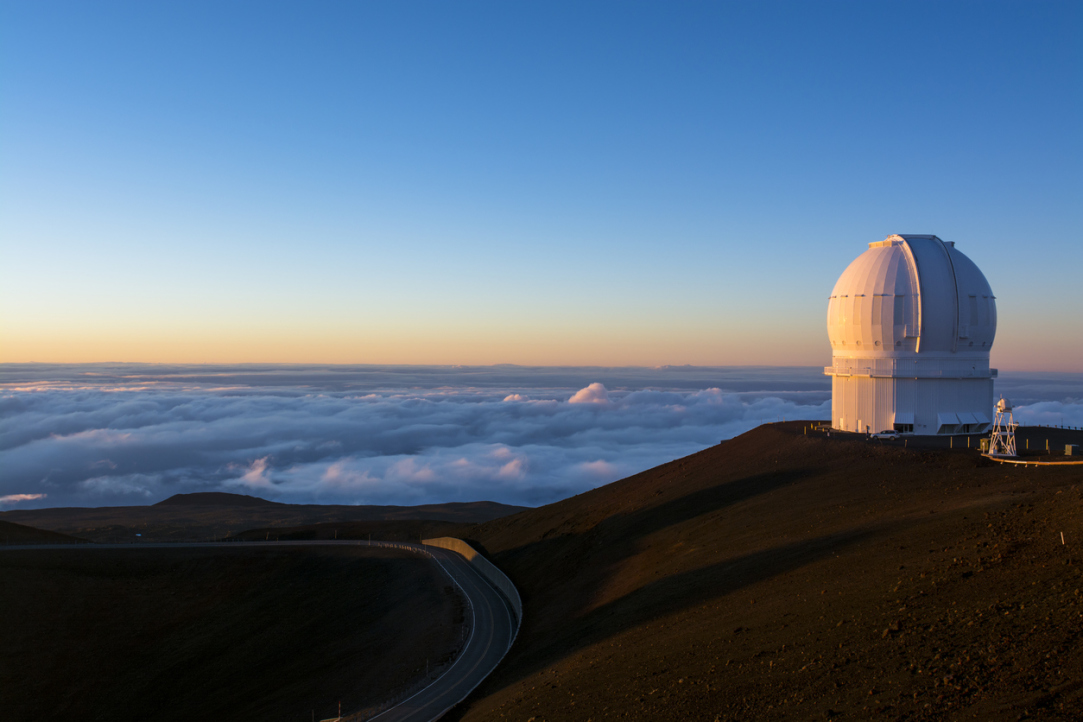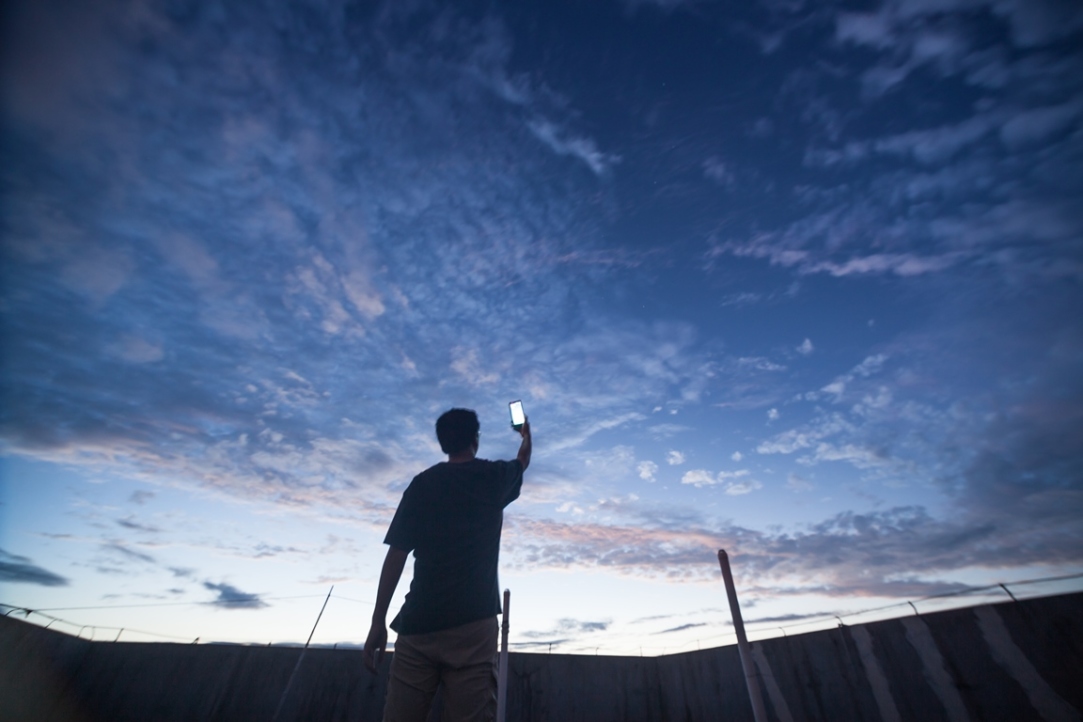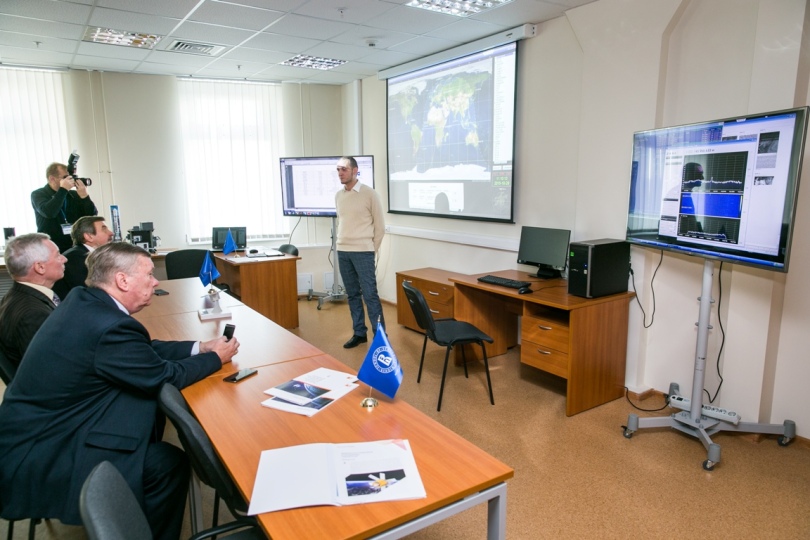
Not Getting Lost in Space: Why It’s Important to Learn to Detect Signals from Neutron Stars
The big scanning antenna at the Pushchino Radio Astronomy Observatory logs almost 90 GB of data every day. The data are usually processed by the astronomers manually. Vladimir Samodurov and Alexander Gorbunov, researchers at the HSE Faculty of Business and Management, decided to relieve the scholars from this hard work and give this job to neural networks. They shared the results of their work in the paper ‘Perspectives of intellectual processing of large volumes of astronomical data using neural networks’.

Smartphones Сome in Handy for the Rare Cosmic Particles Search
Researchers from the Laboratory of Methods for Big Data Analysis (LAMBDA) at the Higher School of Economics have improved their way of analyzing ultra-high energy cosmic rays (UHECR) with the use of mobile phones. The work has been carried out as part of the CRAYFIS experiment and the results were presented at the 22nd International Conference on Computing in High Energy and Nuclear Physics.
HSE Physics Students to Help Create Map of Universe
The Higher School of Economics is welcoming its first class of students to the Faculty of Physics. The new faculty is unique in that it fosters a close relationship between education and science. At the Space Research Institute, for instance, future master’s students will create devices to study space plasma, analyse data from satellites, and learn to determine space weather.

Moscow Institute of Electronics and Mathematics Opens Microsatellite Control Center
HSE’s Moscow Institute of Electronics and Mathematics has opened a university Microsatellite Flight Control Center. Its main goal is to offer students practical experience with small space devices that work in near-earth orbits. It was created jointly with the company Sputniks.
HSE Professors on How to Protect Spaceships
At the end of July, Professor Andrey Tyutnev of HSE’s Moscow Institute of Electronics and Mathematics (MIEM) became the only Russian presenter at the13th Spacecraft Charging Technology Conference organized in California under the auspices of NASA. Professor Tyutnev presented two reports prepared with colleagues from the Higher School of Economics and the Lavochkin Research and Production Association.
Asteroid Threat Discussed at HSE MIEM
How dangerous are asteroids for the Earth? What technologies can we use to protect the planet? These and other questions were discussed at a two-day seminar ‘The Solar System and the Asteroid Threat’ at HSE MIEM.
The Solar System and the Asteroid Threat
On September 11-13, 2013, an international seminar “The Solar System and the Asteroid Threat” will take place at the HSE. Mark Boslough, Professor at the University of New Mexico and a member of the technical staff at Sandia National Laboratories, and Roberto Furfaro, Professor at the University of Arizona and the head of the Space Systems Engineering Laboratory, will speak on the issues. The event is being organized by the Research Laboratory of Space Research, Technologies, Systems, and Processes at the HSE. Mark Boslough gave a special interview to the HSE news service.
KinetX Aerospace Joins the HSE to Research Planetary Defense
A recently signed Memorandum of Cooperation (MOC) solidifies a new phase of the ongoing relationship between KinetX and the HSE and the success these organizations achieved over the past year on a MegaGrant contract. Joint efforts will help track potentially dangerous asteroids and explore other interplanetary space projects.


Application deadline: May 20